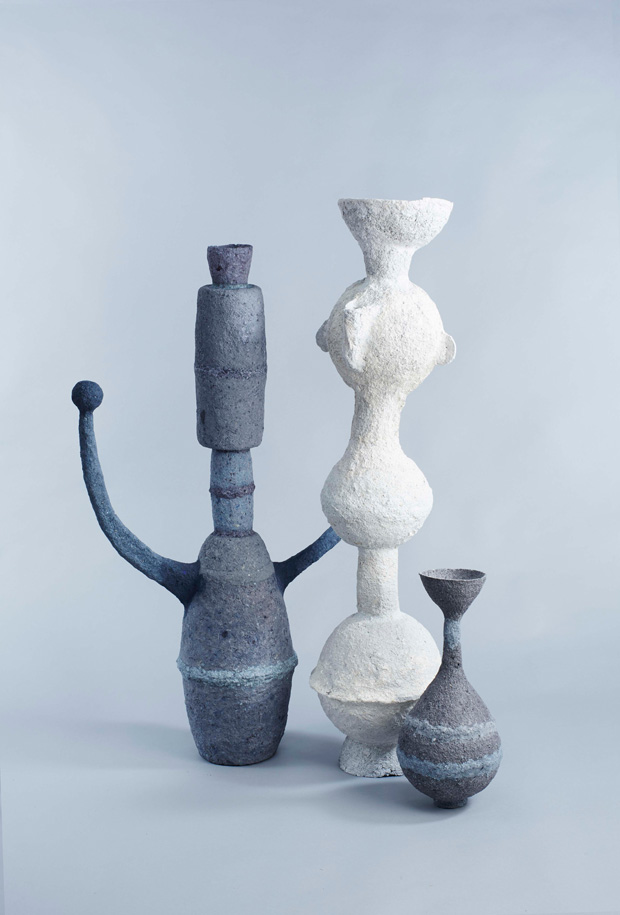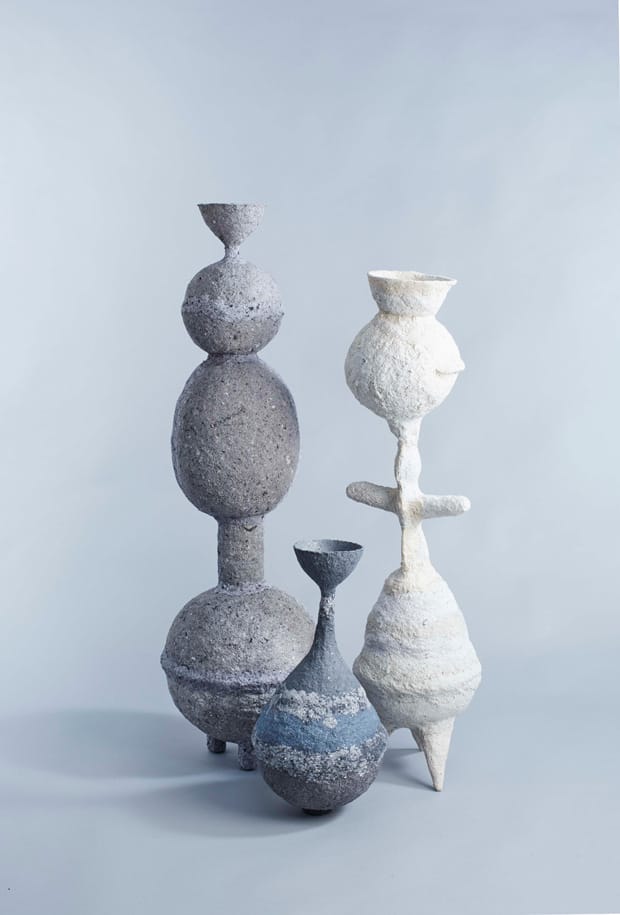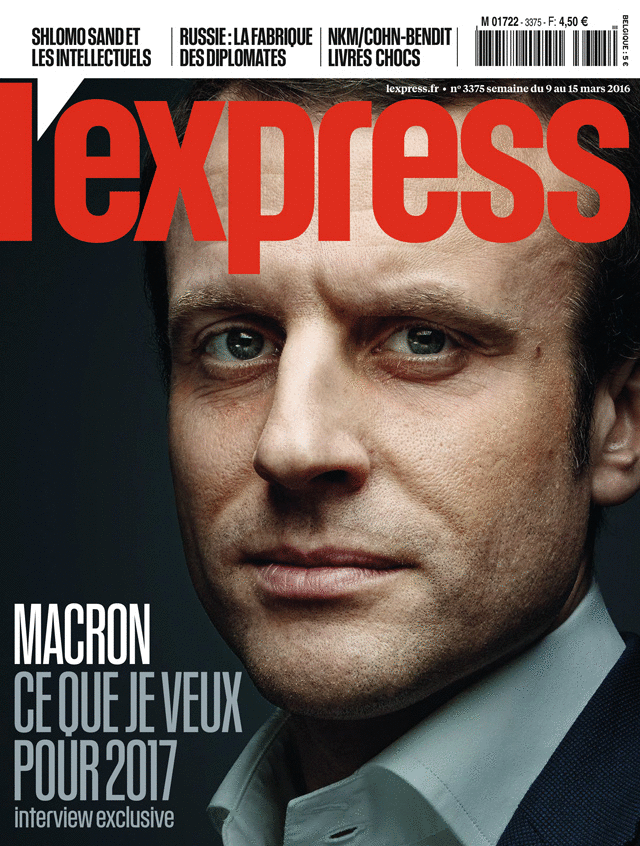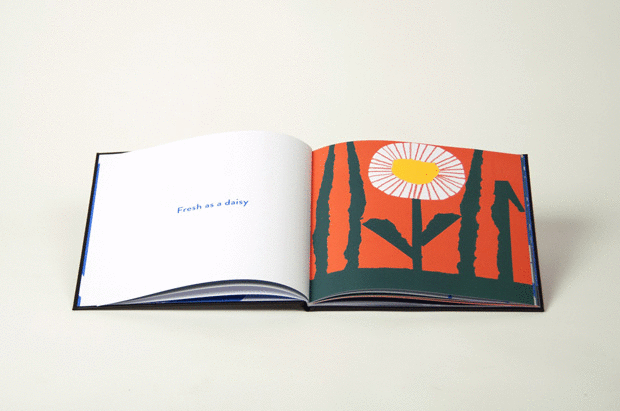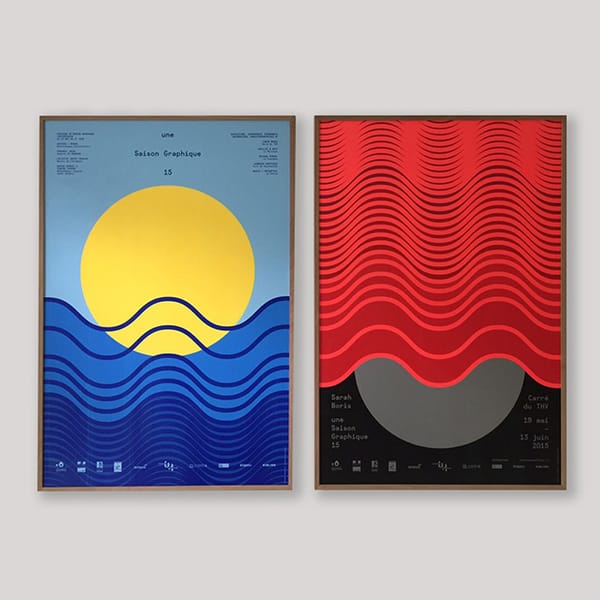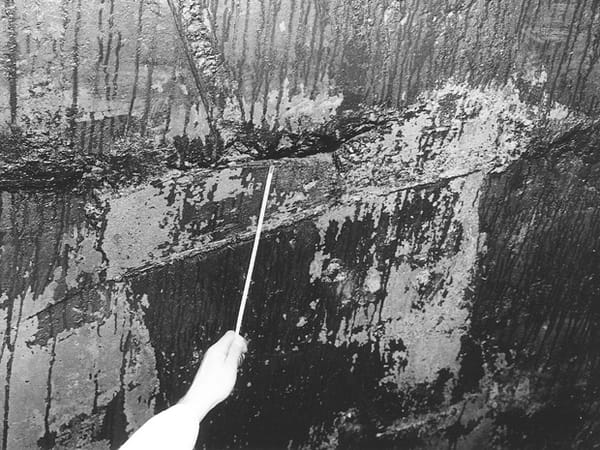Artist and designer Ben Branagan never fails to delight us with his printed and sculptural assemblages. His new installation at Darkroom in London creates a fictional archeology of books reworked as pots…
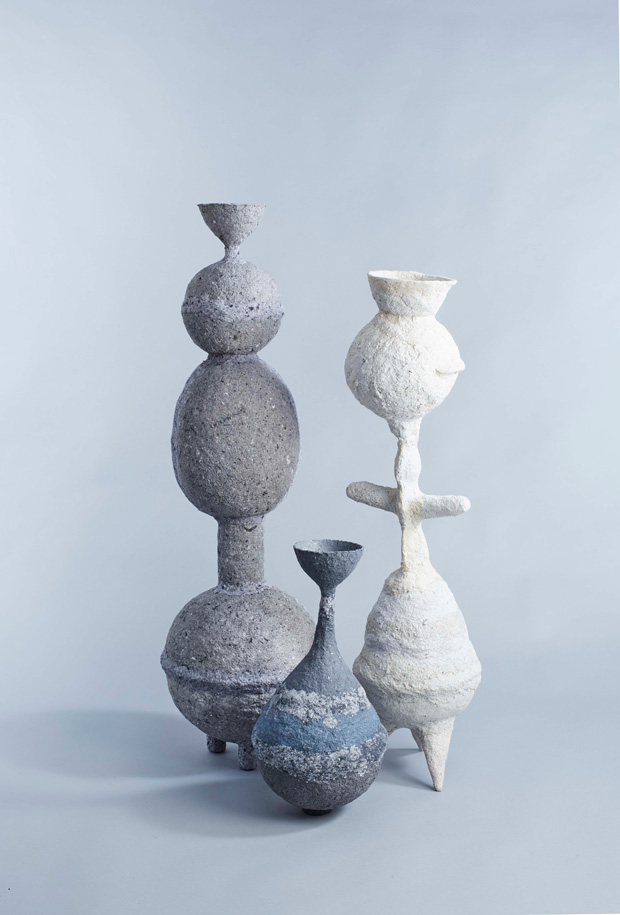
Why pots, as a choice of form?
One of the things I’m interested in is the objects and tools we use to store knowledge and examine the past. It’s often through material objects like pots that we read and construct histories. Books are obviously a very potent cultural signifier – the idea of destroying a book still carries a lot of power – yet we throw away and pulp a lot of books all the time, for many different reasons. Faced with a pile of abandoned books, I was interested in creating an alternative archive of the information these now redundant containers once held, returning them to an object making tradition that is prehistoric, pre-literate. Transforming one kind of container or vessel into another. Of course there is something perhaps ironic that these paper pots would perish fairly quickly in any archaeological record.
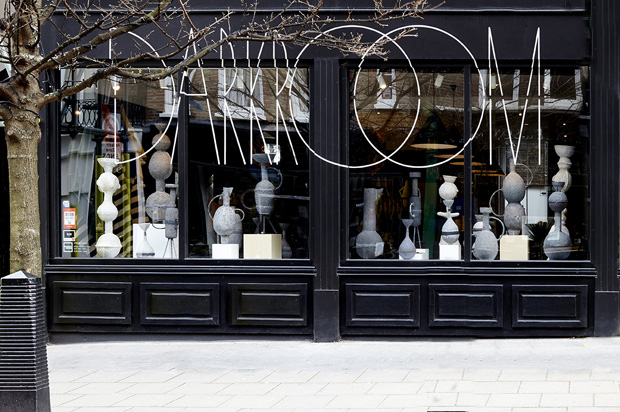
How and where did you acquire the abandoned books?
Most of the books came from the Library at London College of Communication, some are from other libraries that were getting rid of books, and a few I found abandoned on my walk to the studio. The Library at LCC has a really good system of donating most of the withdrawn books to charities that supply books to developing countries. Those that are damaged or unsuitable are then offered to students for sale. The librarians very kindly gave me any that were left over after that process.
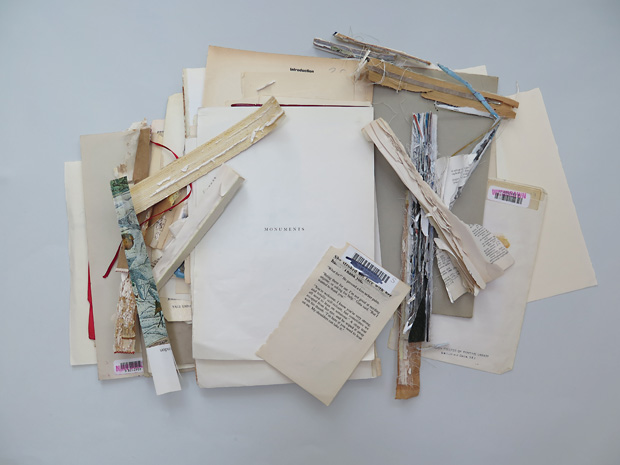
The initial inspiration came whilst I was working at another college some years ago. They were chucking out loads of books and slides from the library, literally just into a skip. Myself and a colleague, Luke Pendrell, rescued a load of the slides and turned them into a book (Doggerland) but the image of all these books lying in the skip stayed with me.
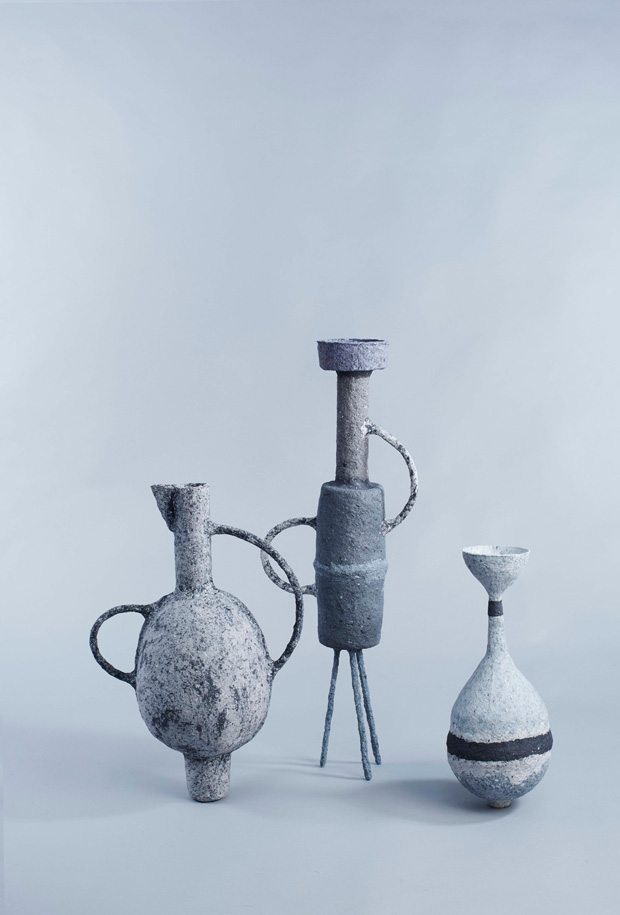
Could you describe the process of making the pots…
After pulping the books down, the basic shapes are moulded using simple forms (found objects and bits from pound shops), which are then brought together to make the pots. The design process is quite ad hoc and improvised; it starts with sketches and drawings informed by the shapes of the moulds and the different ways these fit together, but parts of one pot quickly morph or grow into another design as I’m going along.
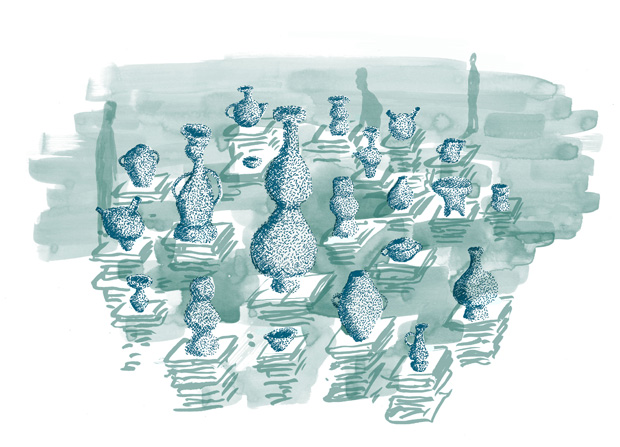
What will happen to the pots after this display and are they for sale?
The particular pots in the Darkroom show are for sale. The project is an ongoing, though – I’m interested in doing further iterations of it for different spaces, continuing to develop some of the formal aspects and working with books collected from different sources or institutions.
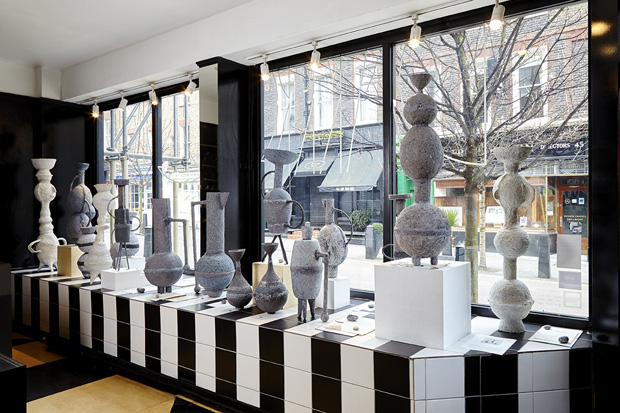
Through this installation, are you creating a sort of fictional archeology around the pots?
Yes, I think that’s a good way to describe it. I keep a record of the books before I break them down, and as I’m going through them I tend to save particular pages and the parts which won’t breakdown like spines and covers. These elements become part of their display. It’s keeping a link between the book and the pot, telling the story of the process, which is important for me. The title for this particular installation ‘Monuments’ comes from a title page in one of the books.
Find out more about Ben Branagan's work here.
Monuments
by Ben Branagan is on display at Darkroom until Saturday 5 March 2016.
Darkroom, 52 Lamb's Conduit Street, London WC1N 3LL
